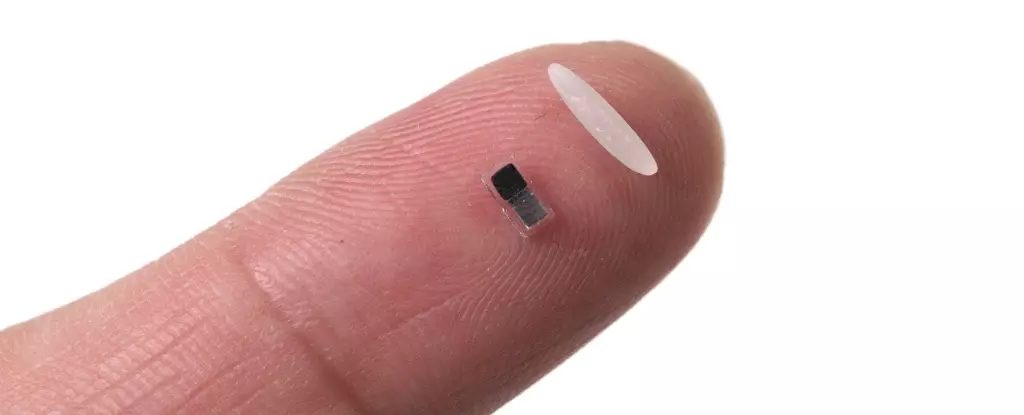In an incredible advancement for cardiac medicine, scientists have unveiled the world’s smallest pacemaker, a device that holds the potential to transform how heart conditions are treated. Imagine a regulator smaller than a grain of rice, injectible and operable through light. This innovation could herald a new era not only in cardiology but in various medical fields that require precise, minimally invasive tools. With an emphasis on developing solutions for children born with congenital heart defects, this new device represents both hope and a tangible progression towards enhancing patient quality of care.
The Current Landscape of Pacemakers
Existing temporary pacemakers require surgical procedures that involve sewing electrodes to heart tissue, followed by external wires linked to a device strapped to the patient’s chest. This setup can pose risks, including possible complications associated with minimizing invasive measures. A notable case is that of Neil Armstrong, who tragically passed away in 2012 after the removal of his temporary device led to internal bleeding. Traditional methods present substantial hurdles that demand innovation, and fortunately, this new wireless model aims to bridge the gap. By eliminating the need for external wires and surgical intervention, the lightweight pacemaker could drastically reduce associated risks, paving the way for safer treatment options.
Technology Meets Biology: The Mechanics of the New Device
The tiny pacemaker is engineered with a remarkable functionality: it is not only diminutive but is also designed to dissolve harmlessly within the body once it serves its purpose. Controlled by a patch worn on the patient’s chest, it responds to light signals emitted when irregular heart rhythms are detected. What’s more, the pacemaker harnesses the body’s own fluids to generate electrical energy through a galvanic cell, thus stimulating the heart when necessary. This seamless interaction between the device and the body illustrates an ingenious approach to medical technology, fostering efficient treatments with fewer complications and risks.
Paving the Path for Future Research and Applications
While it may still be a couple of years before human trials commence, the implications of this cutting-edge device extend beyond cardiac applications. According to John Rogers, a senior author of the study, the technology could potentially revolutionize approaches to various medical challenges, leading to enhancements in areas such as nerve regeneration and wound healing. This innovative thinking correlates with the rise of bioelectronic medicine, which blends technology with biological interfaces to restore or improve bodily functions. With the global burden of heart disease continually increasing, the introduction of such devices provides a beacon of hope for millions of patients.
Expert Opinions Reinforce the Device’s Significance
Bozhi Tian from the University of Chicago, who has parallel interests in light-activated pacemakers, lent credence to this development by emphasizing its transformational nature. The new pacemaker signifies a “significant leap forward,” not just within cardiology but also across various domains of medical science. This mindset encourages further research and collaborative efforts that can yield useful applications in healthcare and beyond. The excitement surrounding the revolutionary pacemaker transcends mere technical advancements; it sparks discussions about a future where innovative medical devices can significantly increase patient autonomy and decrease recovery times after heart surgeries.
In an era defined by rapid advancements in medical technology, there is an undeniable energy associated with the introduction of such pioneering inventions. As researchers work diligently towards readying the pacemaker for human trials, the anticipation mounts not only for cardiology but for a broader array of potential solutions that can arise from this transformative breakthrough. The future of medicine seems to be illuminated by technology that creates more possibilities for patients, rather than posing new risks.

